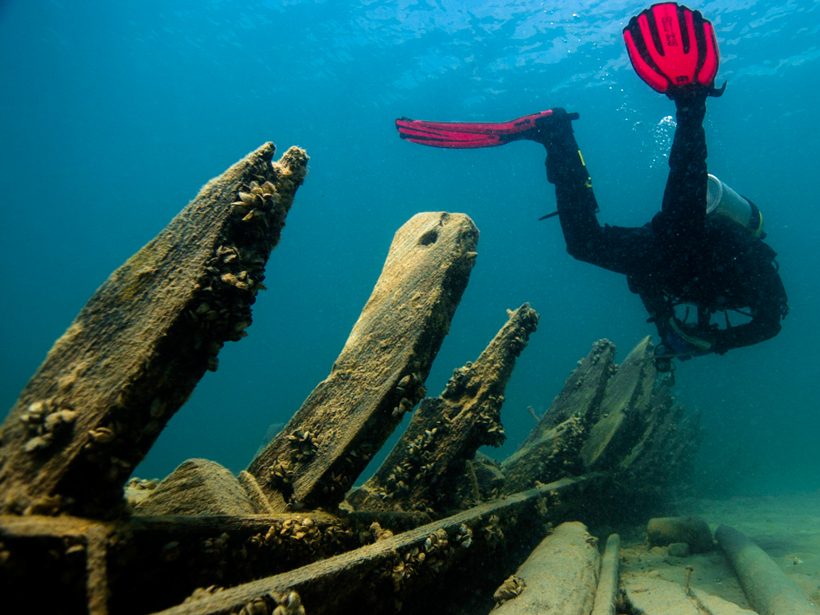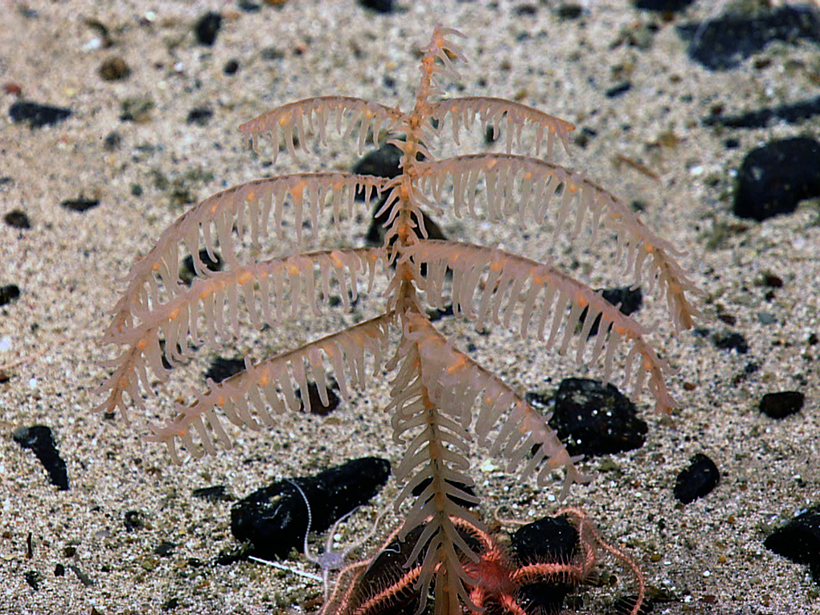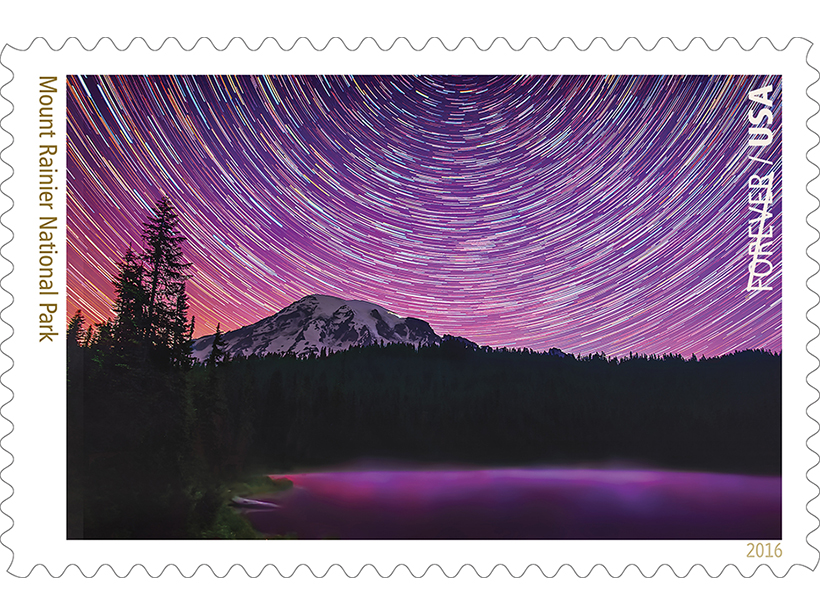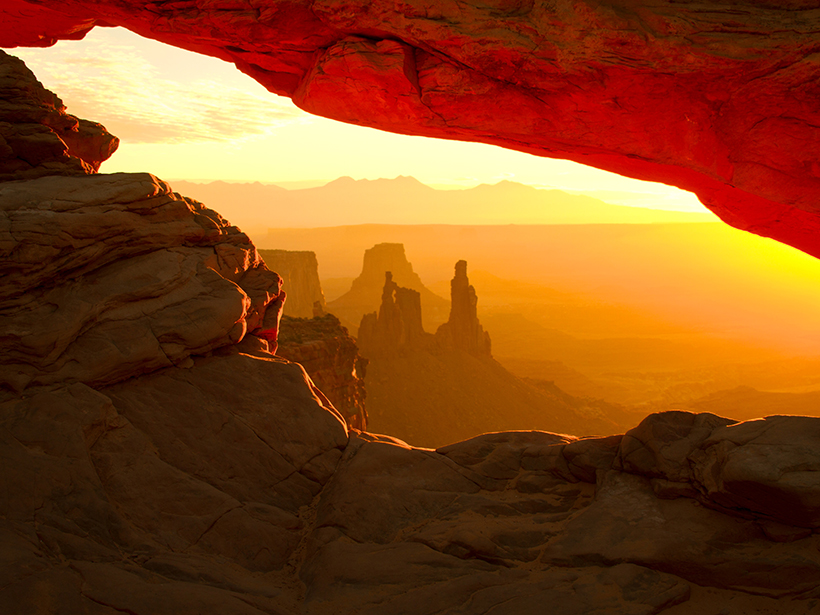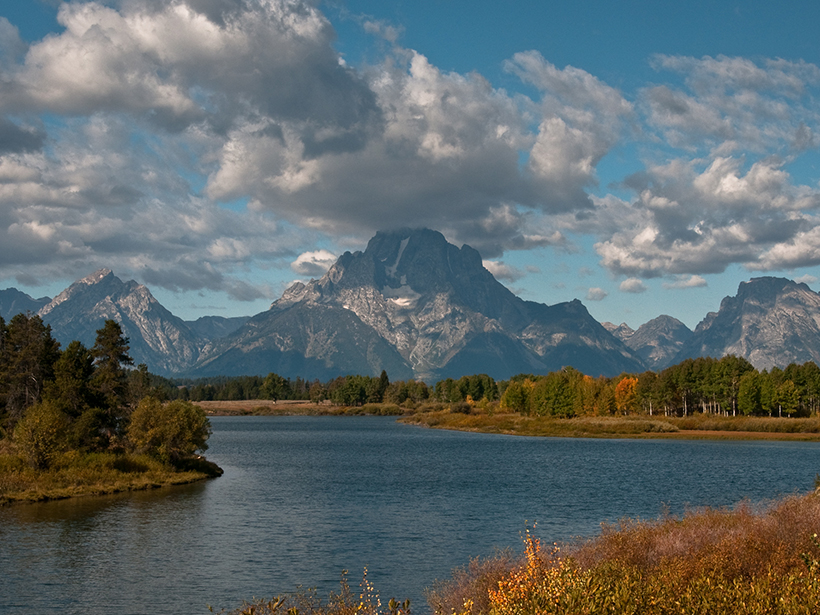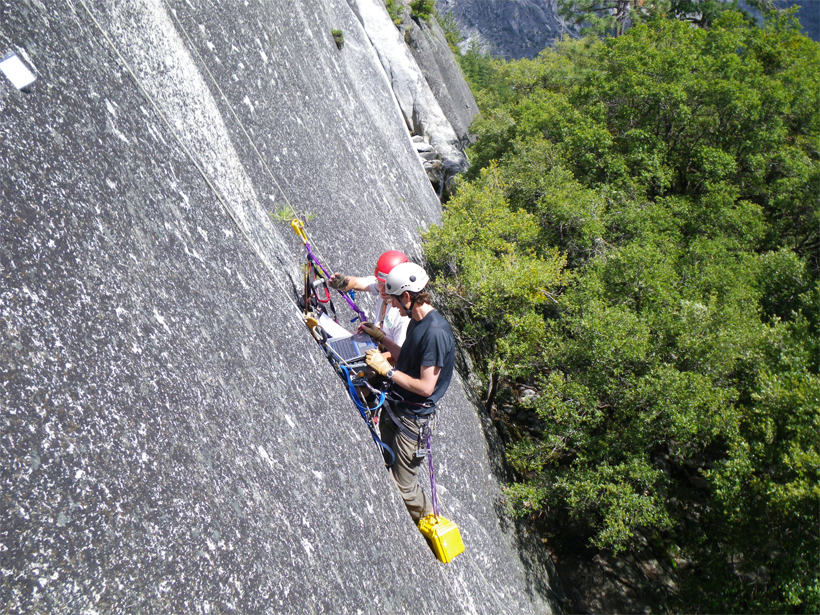Yellowstone Lake, far from any ocean, hosts underwater hot springs similar to those on mid-ocean ridges. A research team is investigating the processes that drive the lake’s hydrothermal systems.
national parks
Trump Administration Scrutinizing Protected Ocean Areas
A recently initiated review of some marine sanctuaries and monuments has conservationists worried that ecological, cultural, and other benefits from those protected areas may not be considered.
Studying Yellowstone by Integrating Deep Carbon Science
Second Deep Carbon Observatory Summer School; Yellowstone National Park, Montana and Wyoming, 23–28 July 2016
Pinpointing the Trigger Behind Yellowstone's Last Supereruption
Geologists suggest that mixing of magma melt pockets could have caused the explosion a little more than 600,000 years ago.
Obama Unveils First Marine National Monument in the Atlantic
The new designation follows the administration's expansion last month of a marine sanctuary in the Pacific Ocean near Hawaii into the world's largest protected ocean area.
Stamps Celebrate National Parks on Agency's Centennial
Striking images showcase iconic and lesser known U.S. national parks, seashores, and historic sites.
Six Snapshots of Geoscience Research from National Parks
As the National Park Service celebrates its 100th anniversary, we celebrate ongoing Earth and atmospheric research made possible by conservation efforts.
U.S. Parks to Make Adaptation to "Continuous Change" a Top Goal
The U.S. National Park Service science adviser calls climate change an "overarching" challenge facing the national parks.
A Warm Day Can Trigger Rockfalls
Research on a cliff face in Yosemite National Park finds that when rockfalls happen without an obvious cause, ordinary warming in the Sun could be the culprit.
Can Carbon Dioxide Trigger Geyser Eruptions?
Researchers looking at geyser discharge water in Yellowstone National Park found that dissolved carbon dioxide could be involved in a geyser's eruption.


